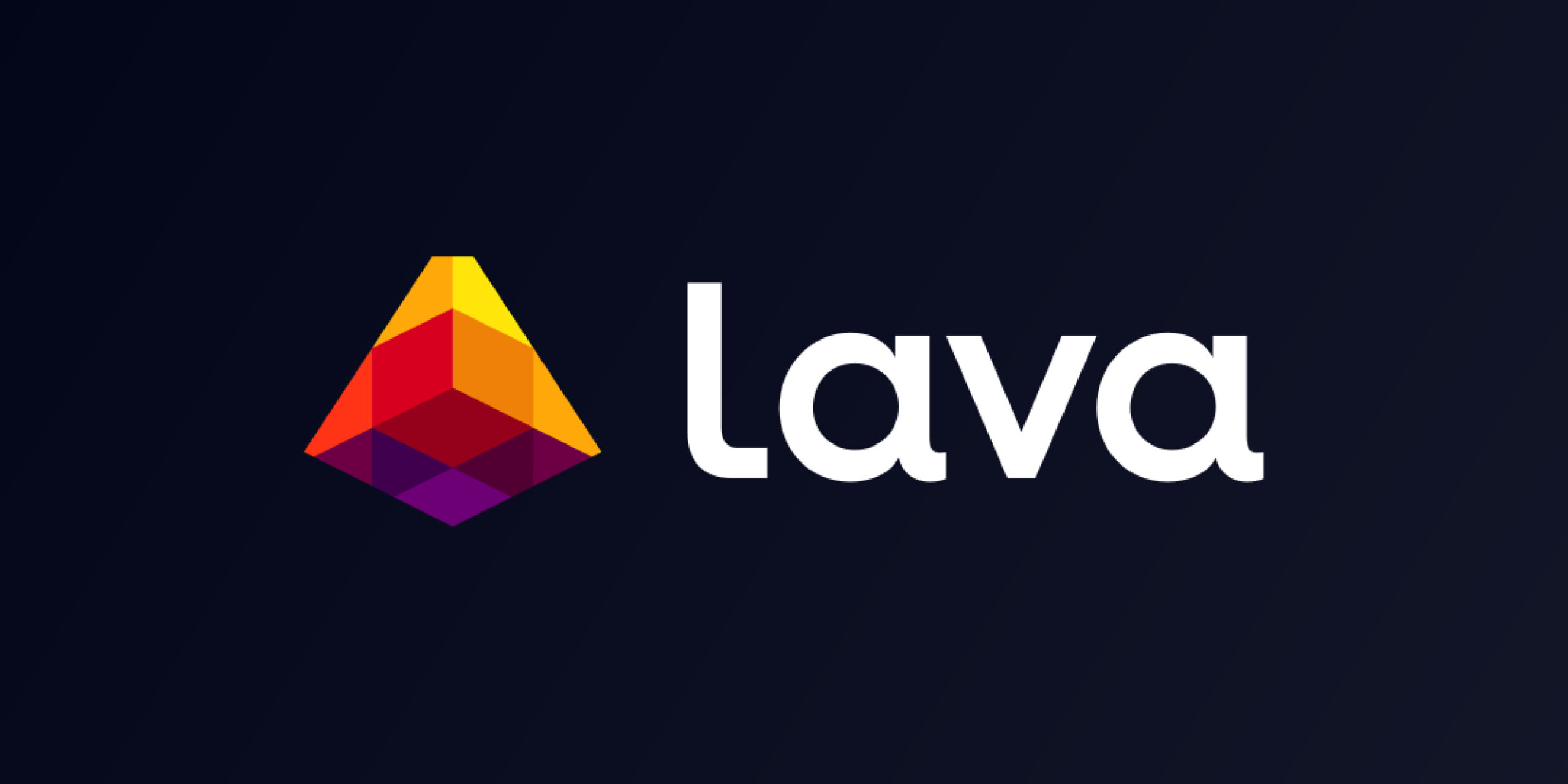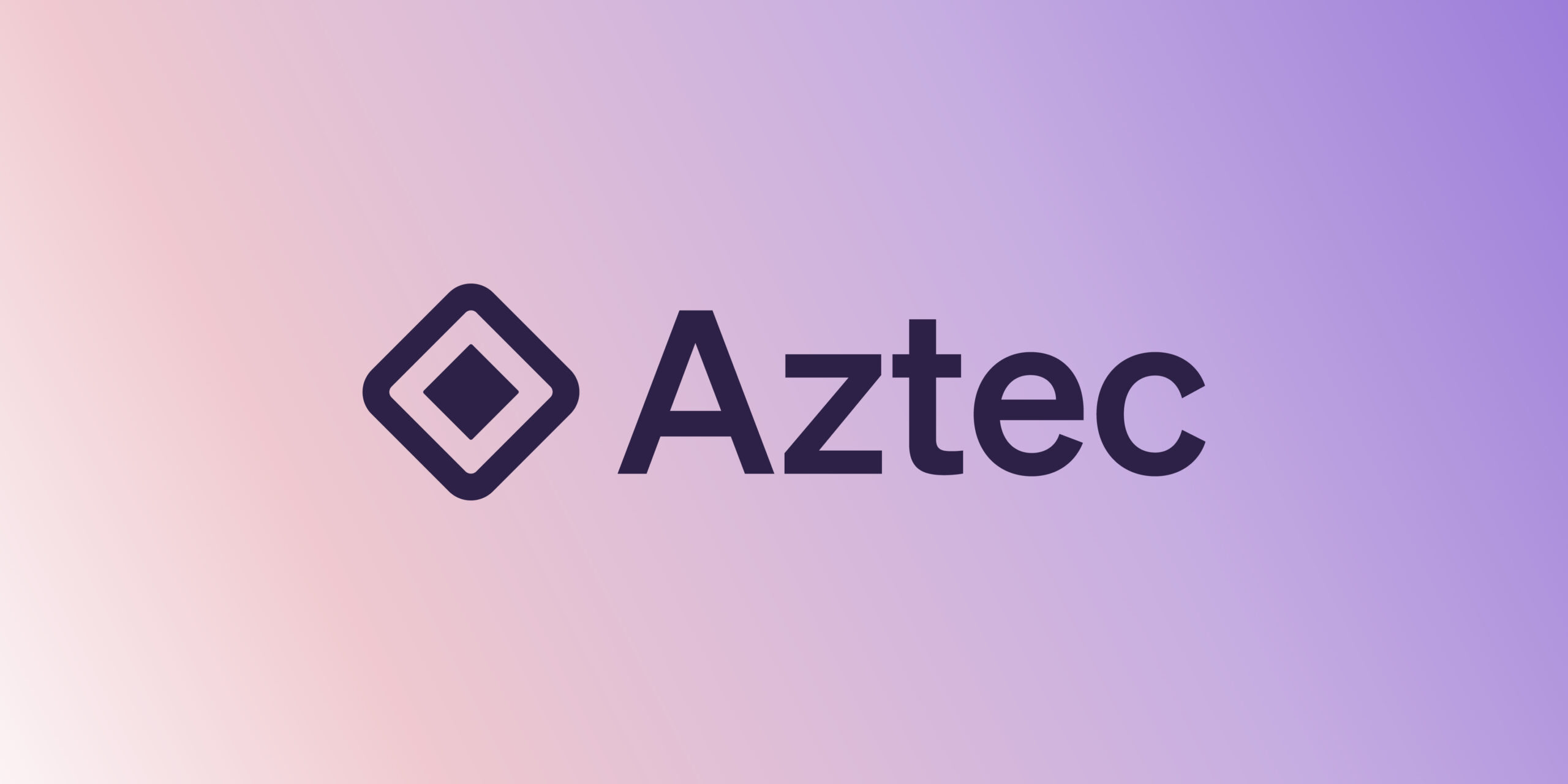Introduction
Lava emerges as a cornerstone solution in the ever-evolving Web3 landscape, promising a transformative approach to Remote Procedure Call (RPC) services. While conventional systems have relied heavily on centralized RPC solutions, Lava introduces a decentralized paradigm. This dynamic RPC network, backed by node runners, aims to reshape how developers interface with blockchain networks across the Web3 ecosystem. With its promise of enhanced security, reduced latency, and a trustless environment, Lava positions itself at the forefront of next-generation blockchain interaction tools. This review offers an in-depth exploration of Lava’s attributes, features, and potential implications for the wider blockchain community.
Innovation
Lava sets itself apart with its decentralized RPC offering tailored for the entire Web 3 sphere. Instead of a centralized entity managing requests and responses, Lava has a network of incentivized node runners. This structure fosters rapid, reliable, and accurate RPC services. Moreover, Lava’s open-source protocol supports a plethora of APIs and chains, indicating its commitment to universal access and flexibility.
Architecture
Fundamentally, Lava is an application-specific L1 PoS Blockchain based on the renowned Cosmos and Tendermint frameworks. The network functions as a Web3 API marketplace, wherein developers and dapps (consumers) interface with node runners (providers) for blockchain data access.
The architecture is distinct in its dual stakeholder design:
- Providers: They access blockchains and monetize their access by serving consumers. They cater to consumer requests after staking tokens under specified geolocation and parameters.
- Consumers: After staking tokens based on desired geolocation and specifications, they call a pairing function, yielding a list of providers to communicate with directly.
Code Quality
Lava’s commitment to excellence is evident in its codebase. Being open-source, it enjoys contributions from a vibrant community of developers. The rapid pace of development coupled with meticulous code practices suggests a high standard of quality, indicative of a project with longevity and adaptability in mind.
Product Roadmap
Currently, Lava is in its testnet phase, with plans to transition to mainnet in Q3 2023. This transition will be accompanied by the Token Generation Event (TGE). Furthermore, the roadmap hints at integrating aggregation services, minimizing blockchain load, and optimizing costs.
Usability
Lava offers multiple avenues for users and developers to engage with its RPC network:
- Lava Gateway: A web UI offering instant access to blockchain data.
- SDK: A versatile JavaScript/TypeScript library compatible with server and browser environments.
- Lava Server Kit: A GO language reference implementation optimized for enterprise applications demanding high throughput and scalability.
These offerings ensure that various user personas, from individual developers to large enterprises, can harness the power of Lava’s decentralized RPC.
Lava Team
While the provided data doesn’t delve deep into the team’s credentials, the sophistication of Lava’s architecture and the pace of its development suggest a team with a solid technical foundation and a vision aligned with Web 3 ideals.
Conclusion
Lava’s decentralized RPC network offers a promising alternative to centralized counterparts like Infura and Alchemy. Its decentralized architecture and an incentivization model ensure rapid, reliable, and accurate RPC access across numerous blockchain networks. Tools like Lava will become indispensable as the Web3 ecosystem continues its upward trajectory. The project’s future seems promising, especially as it moves towards its mainnet launch.
| Initial Screening | |||
| Keep researching | |||
| Does this project need to use blockchain technology? | Yes | ||
| Can this project be realized? | Yes | ||
| Is there a viable use case for this project? | Yes | ||
| Is the project protected from commonly known attacks? | Yes | ||
| Are there no careless errors in the whitepaper? | Yes | ||
| Project Technology Score | |||
| Description | Scorecard | ||
| Innovation (Out Of 11) | 9 | ||
| How have similar projects performed? | Good | 2 | |
| Are there too many innovations? | Regular | 2 | |
| Percentage of crypto users that will use the project? | 6-10% | 3 | |
| Is the project unique? | Yes | 2 | |
| Architecture (Out of 12) | 11 | ||
| Overall feeling after reading whitepaper? | Good | 2 | |
| Resistance to possible attacks? | Good | 2 | |
| Complexity of the architecture? | Not too complex | 2 | |
| Time taken to understand the architecture? | 20-50 min | 1 | |
| Overall feeling about the architecture after deeper research? | Good | 4 | |
| Has the project been hacked ? | No | 0 | |
| Code Quality (out of 15) | 14 | ||
| Is the project open source? | Yes | 2 | |
| Does the project use good code like C,C++, Rust, Erlang, Ruby, etc? | Yes | 2 | |
| Could the project use better programming languages? | No | 0 | |
| Github number of lines? | More than 10K | 1 | |
| Github commits per month? | More than 10 | 2 | |
| What is the quality of the code? | Good | 2 | |
| How well is the code commented? | Outstanding | 2 | |
| Overall quality of the test coverage? | Good | 1 | |
| Overall quality of the maintainability index? | Outstanding | 2 | |
| When Mainnet (out of 5) | 5 | ||
| When does the mainnet come out? | Mainnet | 5 | |
| Usability for Infrastructure Projects (out of 5) | 5 | ||
| Is it easy to use for the end customer? | Yes | 5 | |
| Team (out of 7) | 6 | ||
| Number of active developers? | 5+ | 2 | |
| Developers average Git Background? | Intermediate | 1 | |
| Developers coding style? | Outstanding | 3 | |
| Total Score (out of 55) | 50 | ||
| Percentage Score | |||
| Innovation | 16.53% | ||
| Architecture | 20.00% | ||
| Code Quality | 25.45% | ||
| Mainnet | 9.09% | ||
| Usability | 9.09% | ||
| Team | 10.91% | ||
| Total | 91.07% |





